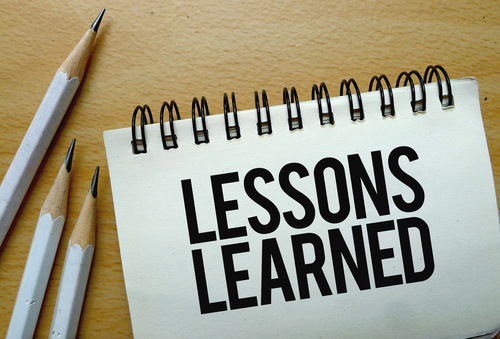For six months Australian businesses have been exposed to very trying business conditions. Contributing factors include our most devastating bushfire season, droughts, floods and now the COVID19 pandemic. These natural disasters have left businesses facing enormous pressure to survive. Private philanthropy has gifted millions of dollars to assist bushfire and drought victims, the federal government has injected billions of dollars in economic stimulus packages on top of having the lowest official cash rate in history. Despite the generosity, the immediate economic conditions remain grim.
Businesses need to accept, that by and large they do not control the external business environment. Bushfires and flooding are naturally occurring seasonal events and are reasonably predictable. We may not know when they will occur, but we know they will. However, events like the COVID19 pandemic cannot be reasonably foreseen. These events can create what Spencer Johnson coined a “who moved my cheese” moment. Or put simply, the external business environment has changed. As such, it creates opportunities as well as threats. Businesses need THREAT Mitigation plans to whether the storm and stay in business.
Australia is very much the lucky country, since the last recession in June 1991, we have 28 years of continued growth (figure 1), during which time Australian businesses and Managers have become accustom to conducting business in growing markets.

Over this period, business have focused on building empires and growing through acquisitions. They have focussed their efforts on marketing and sales. Their internal focus has been adopting e-commerce innovations, ERP’s, websites, social media, online shopping cart technologies to enable the sales and marketing effort.
All of this is typical boom behaviour, the market is growing and the prices are good – lets get some.
In our attempts to be agile, less structured and highly innovated, have we been seduced into a sustainability falsehood? Have we built bastions or castles without a draw bridge, escape tunnel or panic room?
The recent disruptions expose us to new threats? Do we have a to mitigate strategy? Are we just focused on securing that next sale, believing higher sales will be the solution to all our problems?
In the modern world most SME businesses strategic plans looks more like a strategic sales and marketing plans. Their SWOT’s are marketing SWOT’s focussed on opportunities to enter new markets and launch new products and the threats are about competitors.
Some businesses have analysed potential shocks to their business. For example, what if we instantaneously lost 50% of our sales, or access to raw materials, or what if we secured a 100% in sales overnight? Business who have, and prepared business interruption plans and threat mitigation plans are in a far better position to make fast and evidence-based decisions in a crisis and have already identified paths to execute them.
They understand ;
When events like the COVID19 crises occurs, those businesses who have already thought through issues and prepared plans, instantly know where their businesses are positioned. They see opportunities to help their community while building their business.
In times of crisis smart businesses know what their core offering is, and can diversify quickly. We have seen in recent days Shane Warne’s Gin making business SevenZeroEight, an alcohol manufacturer suppling the beverage market transition overnight into an alcohol based hand sanitizing business. We have also seen dine in restaurants, recognise they are “processed food” makers transition into suppliers of meals to people in self lockdown due to COVID19 in hotels.
Disruptions caused by COVID 19, bushfires, floods and drought are no different to disruptions caused by technology. Those who pre-empt the threats and strategically adapt to the new, even if temporary, will survive. Those who do not, perish.

If you’re unsure about how your business and family can execute a path out, seek the assistance of an independent specialist like Woodhouse.